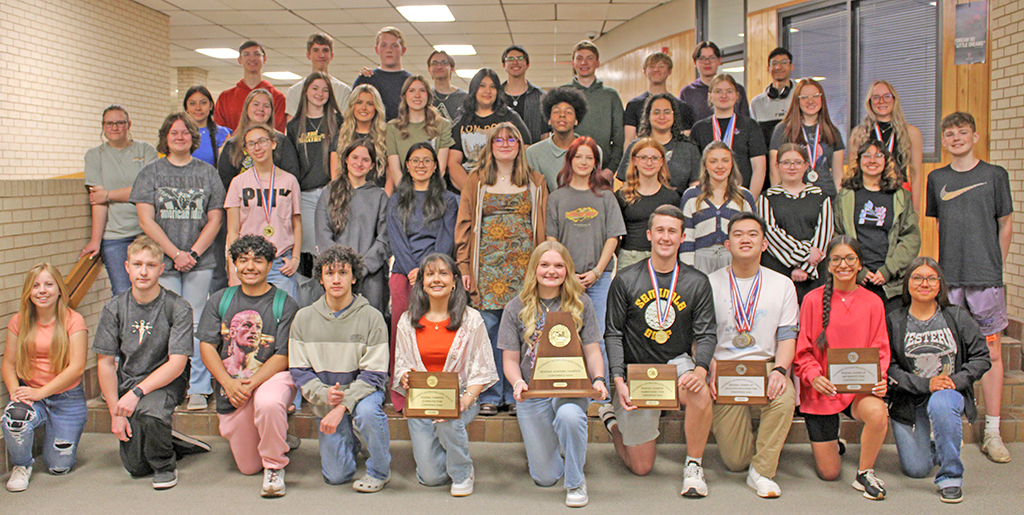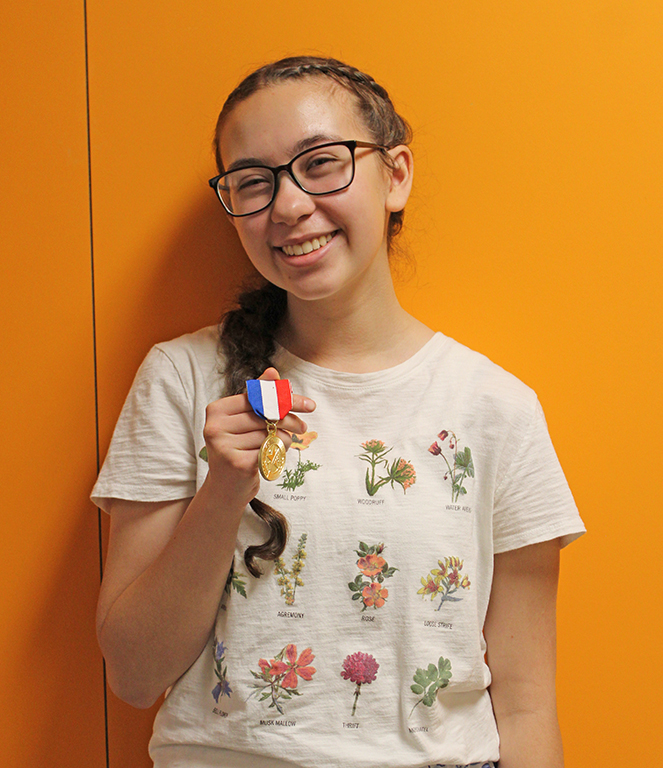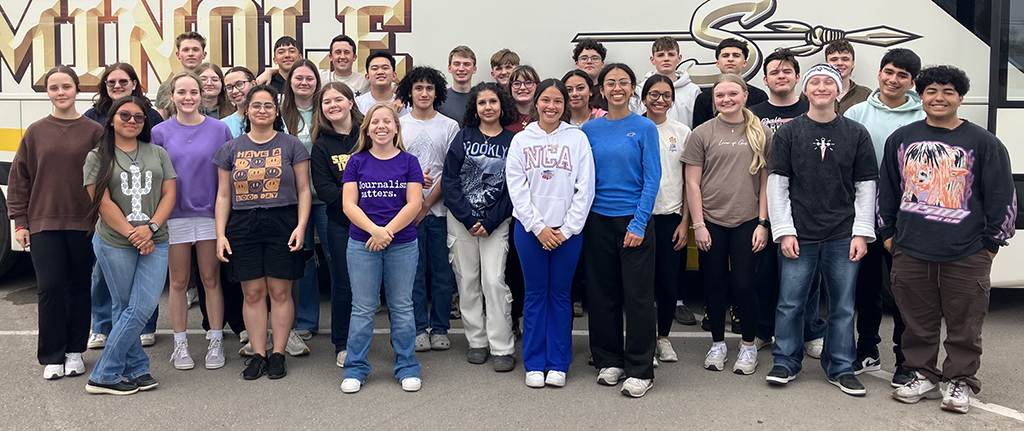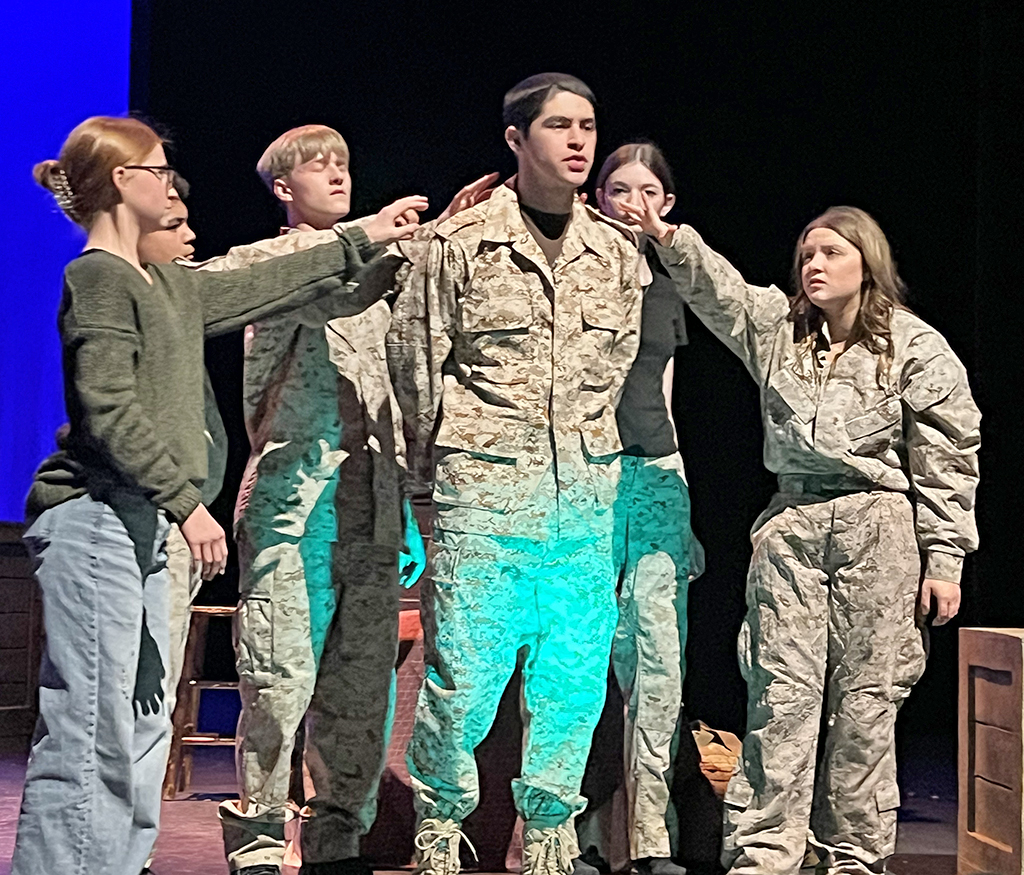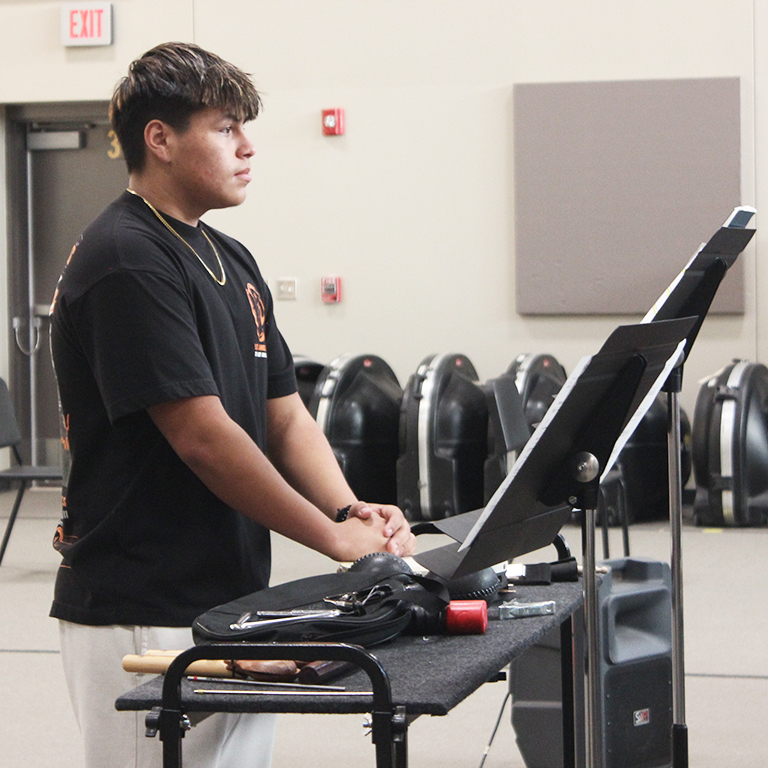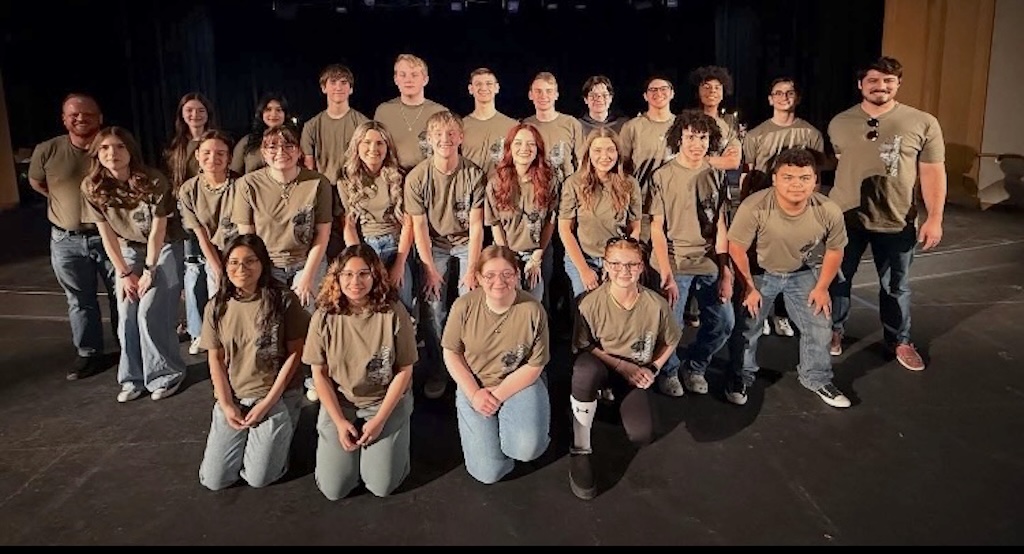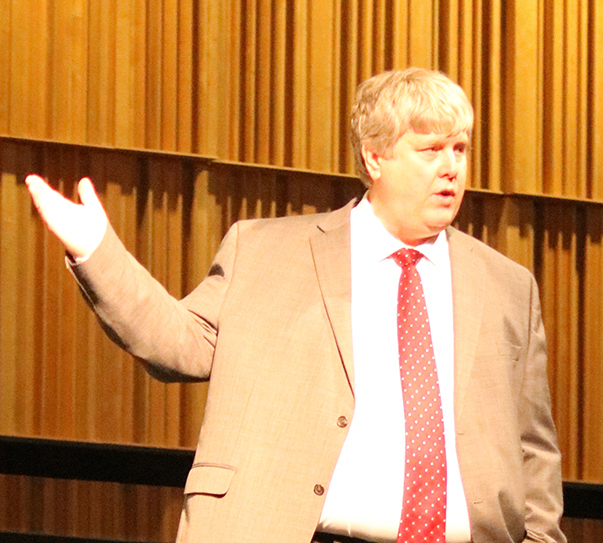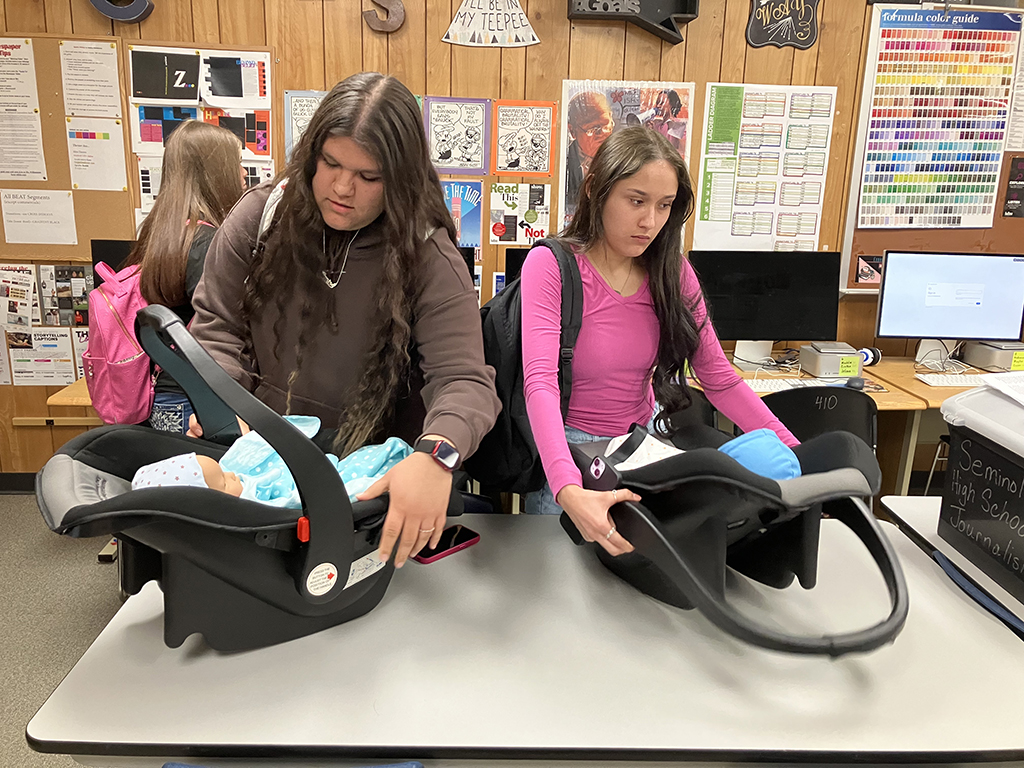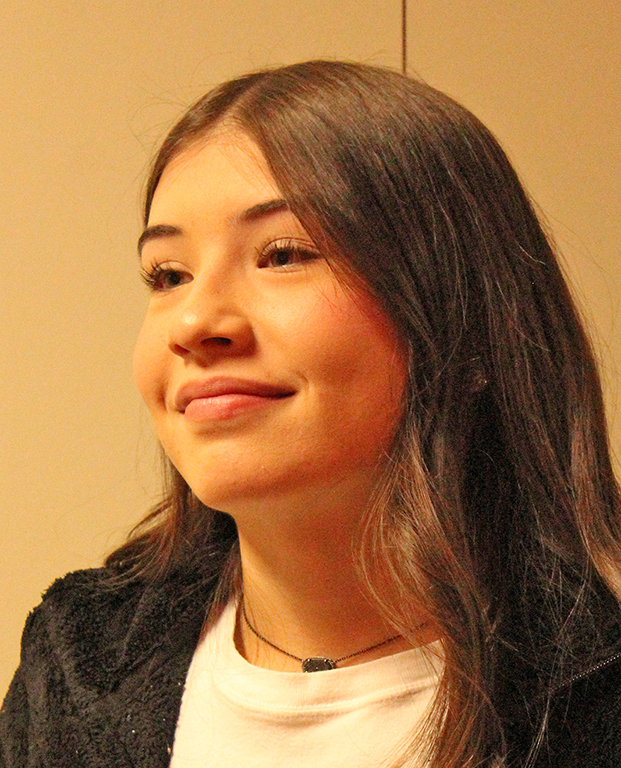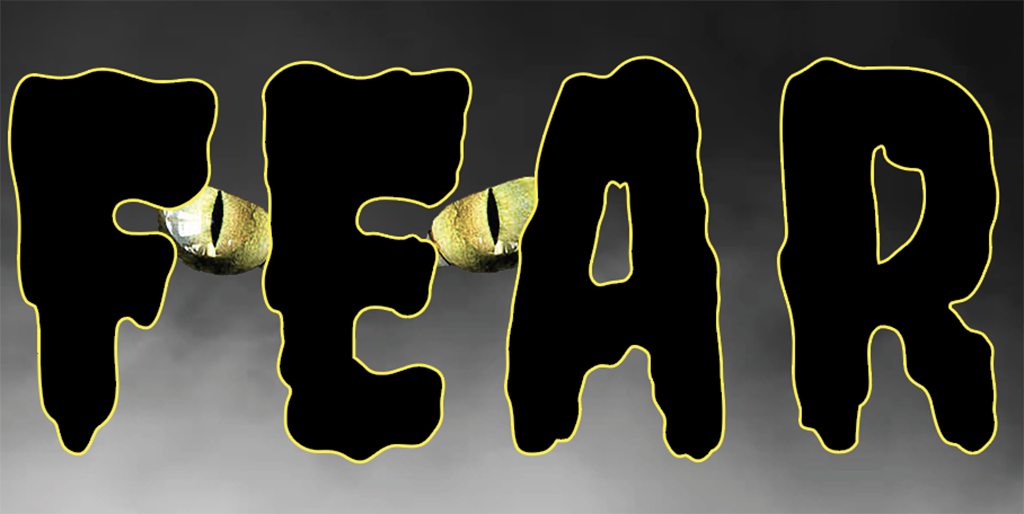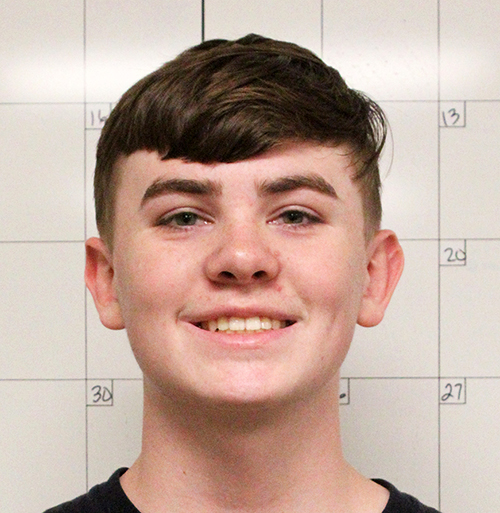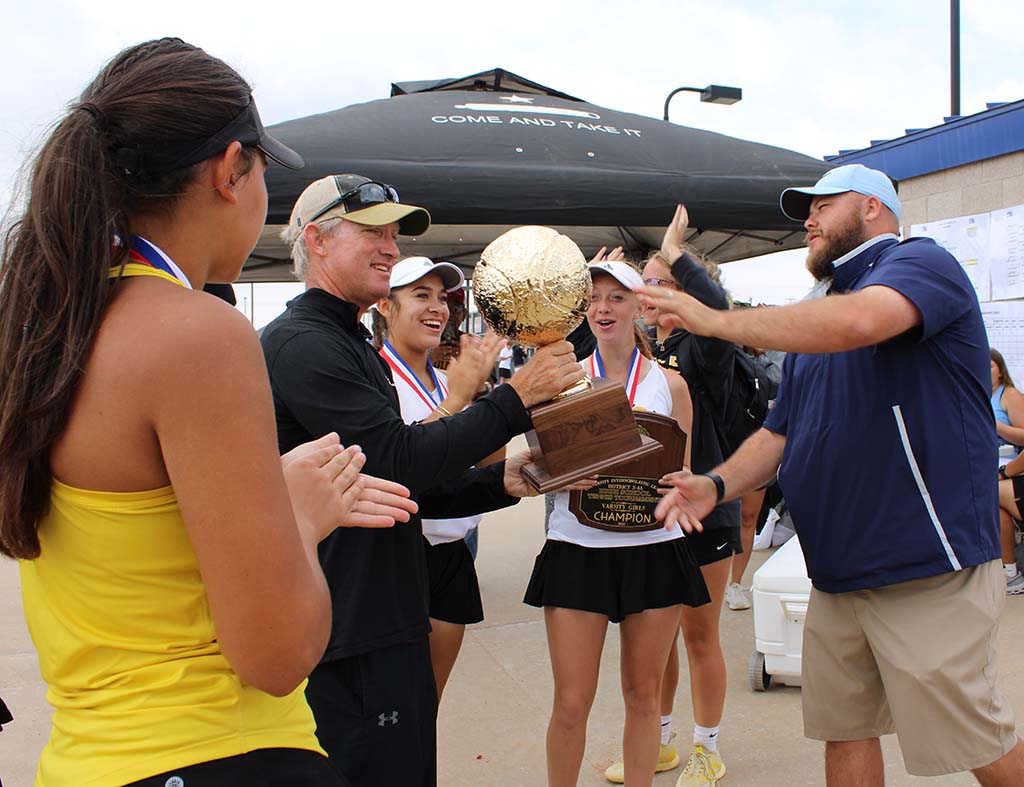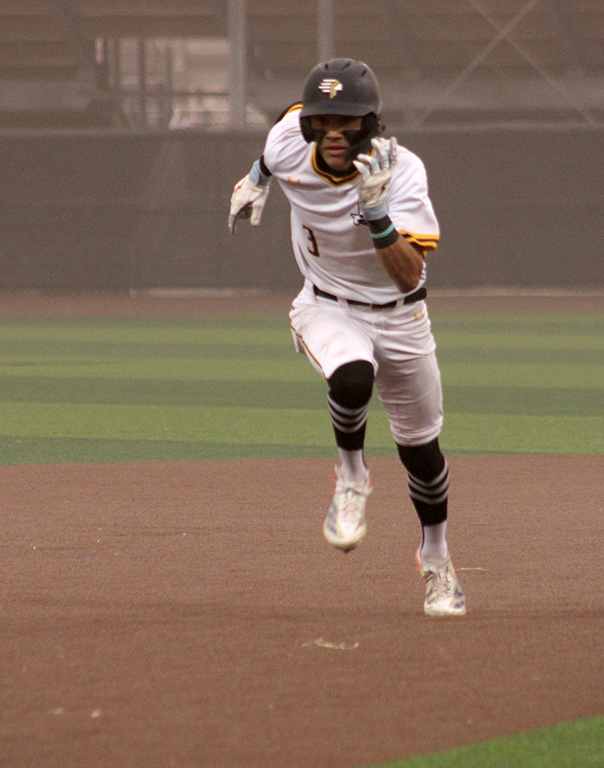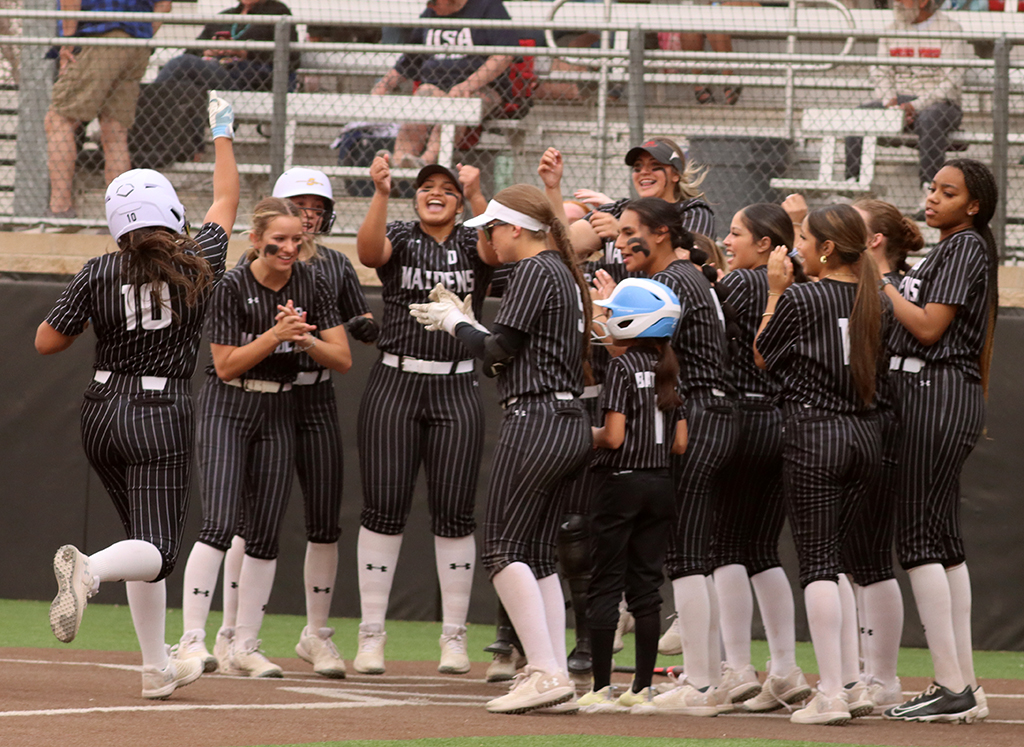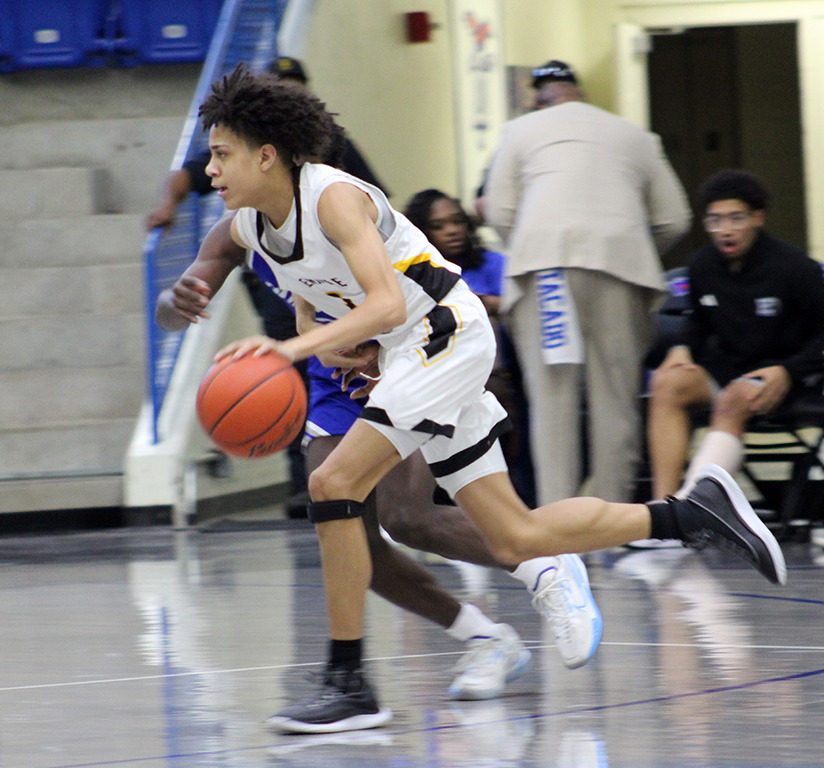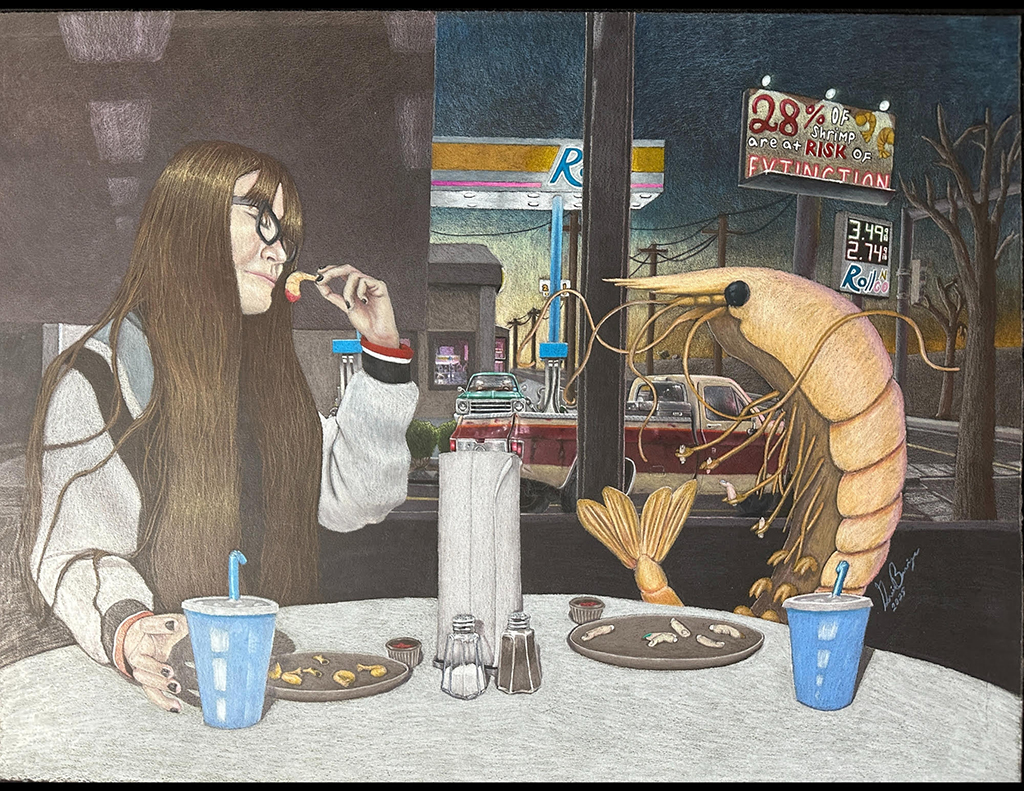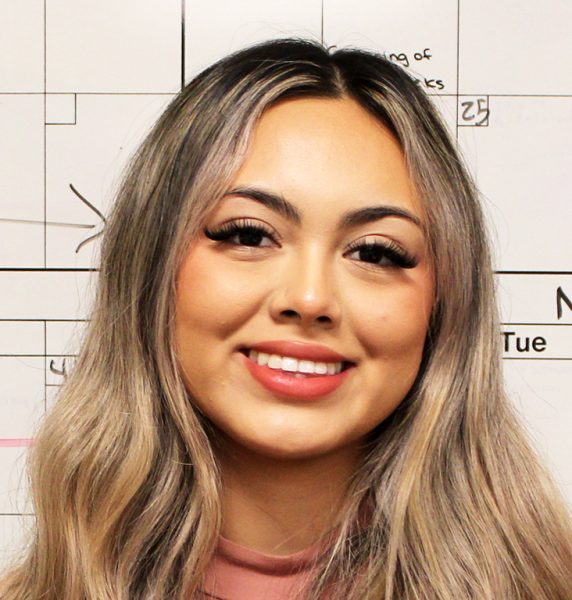MY VIEW: Entertainment industry treats female heroes unrealistically
When a story says, “…as the hero saved the little girl from the car…” I’ll bet you pictured the hero as a male. With the advancements made in gender equality, the ratio of female to male heroes is unacceptable.
Until recently, female superheroes were not seen in films nearly as much as their male counterparts. In movies and comics, women are seen as the helpless damsel who needs a male hero to come save her. This reflects an unrealistic standard to children, forcing them into stereotypical gender roles. One movie that doesn’t conform to weak women, is Disney’s Mulan (1998). Mulan is one of the first heroines who does not rely on a man to come save her. While she does have a love interest, that relationship is not the focus of the film.
In comics, Wonder Woman is one of the earliest female superheroes. She was able to bring female heroes into the limelight, but that hasn’t kept her from still being sexualized. A more recent instance of a female hero is Merida from Brave (2012). The movie follows the relationships between Merida and her family, mostly her mom, rather than with a man.
When women are seen in comics and films, they are hyper sexualized. A majority of the time, women are given impossible beauty standards and are not inclusive to many body types. This unrealistic figure is still in use today. Animated movies usually create female characters who have the same general features: thin, hourglass shape, straight hair. The character Ursula from The Little Mermaid (1989) breaks the stereotype by being plus size, but she is the villain of the story, putting her back into the female standard. Disney puts her back into the “perfect” body image when she becomes human.
In the Tinker Bell film series, the fairies fit in the thin body types, but the one plus-sized female, Fairy Mary, helps to give a different body standard.
Although there are a few body positive characters in the entertainment industry, I have yet to see a female hero who isn’t saddled with an unrealistic body image.
The attire of female heroes is often minimal and frivolous, unrealistically providing little protection while male heroes have all the armor and weapons they want. In the case of Wonder Women, her armor is a strapless dress that only covers her torso. Her costume also has high heels, which are not as bad as a strapless dress, but still are not sensible fighting shoes. To add to the impracticality, Wonder Woman’s hair is only held back by a headband which would allow it to flow however and whenever it pleases, a situation no reasonable woman believes.
The naming of female heroes is degrading. When a male becomes a superhero, they are named with the word “man” along with another word. On the other hand, females are typically named “girl” with another word. Examples include Superman and Supergirl, Spider-Man and Spider-Girl, and Batman and Bat Girl.
Albeit females have had a difficult time being genuinely represented in the past, there is a noticeable difference to films now. In the past 10 years, female heroes have started to make headway, no longer limited to being damsels in distress. With this change, I believe women are soon to be realistically portrayed in future films and other media.
